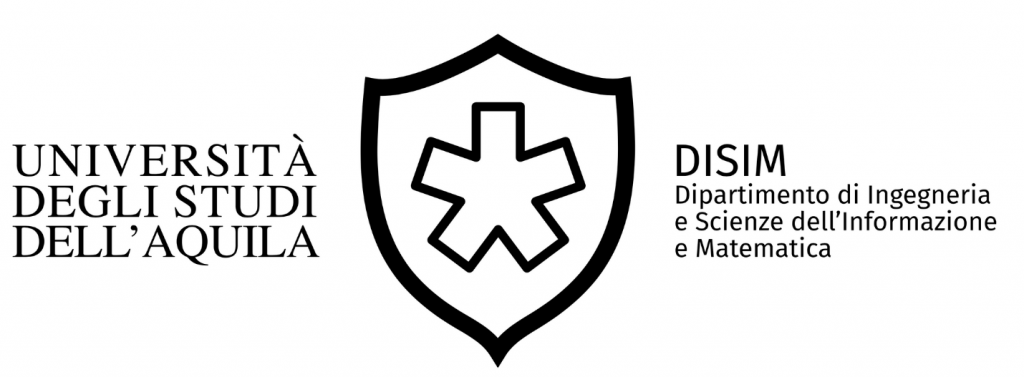Course on “Thresholds for a SIR Model on One-Dimensional Small-World Networks”
Virtual link: https://us02web.zoom.us/j/
Speaker: Andrea Clementi (Università di Roma “Tor Vergata”)
TITLE: Sharp Thresholds for a SIR Model on One-Dimensional Small-World Networks
ABSTRACT: After a short overview of the basic notions of the classic Susceptible-Infectious-
BIO: Andrea Clementi is Professor of Computer Science at the University of Rome “Tor Vergata”. He graduated with honors in Mathematics and got the PhD in Computer Science at Sapienza University of Rome. He was a researcher at Sapienza University of Rome and at the University of Geneva. He is now teaching the courses “Algorithms and Data Structures” and “Distributed Algorithms and Complex Networks” in the Degree Program in Computer Science of the University of Rome “Tor Vergata”. He is currently a member of the Doctoral College in Engineering and Information Sciences of the University of L’Aquila. His current scientific interests are in algorithm theory and applied probability, in particular, in the modeling and analysis of stochastic processes of distributed systems. He has published more than ninety articles in major international journals and conference proceedings.
